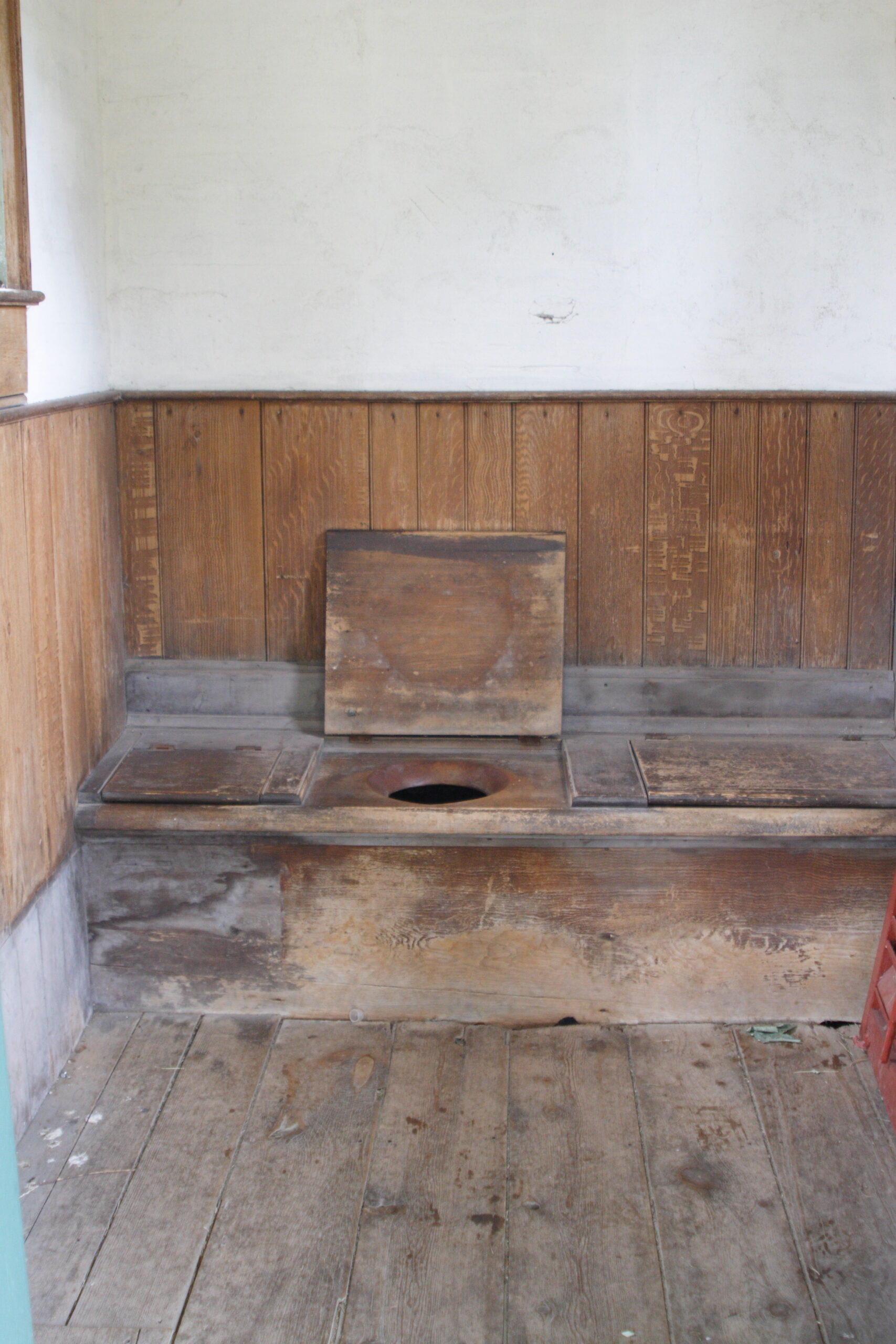 (412) 364-9114
(412) 364-9114

Plumbing comes from the Latin word for lead, which is plumbum. The word sewer comes from the French word essouier, meaning “to drain.” But how did plumbing systems come together? Surely it didn’t happen overnight, right? Of course not. In this blog we go over the history of main fixtures included in modern-day plumbing systems.
Plumbing – The system of pipes, drains, fittings, valves, and fixtures installed for the distribution of potable water for drinking, heating and washing, and waterborne waste removal. “Plumbing” also refers to the skilled trade which installs and maintains it.
Plumbers – Skilled tradespeople who specialize in the installation and maintenance of water systems. Plumbers are required to obtain a license from a trade or vocational school and have a background in various aspects of industrial, commercial, domestic, and communal pipe work, water heating, water treatment such as water cleaning and purification, rain water & drainage, sewer networking, water flow dynamics, the storage of water, temperature adjustment, and the dangers of water hazards.
Modern toilets consist of a bowl fitted with a hinged seat that’s connected to a waste pipe where waste is flushed. Toilets are also called a powder room, latrine, or lavatory. Here’s a brief timeline of toilets:
The first packaged toilet paper was invented in 1857 by an American named Joseph Gayetty. It was called Gayetty’s Medicated Paper. In 1880, the British Perforated Paper Company created a paper product to be used for wiping after using the toilet that came in boxes of small pre-cut squares. In 1879, the Scott Paper Company began selling the first toilet paper on a roll. In 1942, St. Andrew’s Paper Mill in Great Britain introduced the first two-ply toilet paper.
Surprisingly, toilet brushes did not become popular until the 1930s. In general, the type of material used to make a brush and its design was dictated by its intended use. The hair of animals such as horses, oxen, squirrels, and badgers were used for toilet-brushes. Various types of plant fibers have also been used, such as the piassava obtained from a Brazilian palm and palmyra bassine derived from the palmyra palm of Africa and Sri Lanka. Brush bristles were joined to handles and backs of wood, plastic or metal.
Ready to replace your toilet? Terry’s Plumbing provides modern, quality toilet units from American Standard. Give us a call to discuss the best solution for your home and schedule product installation.